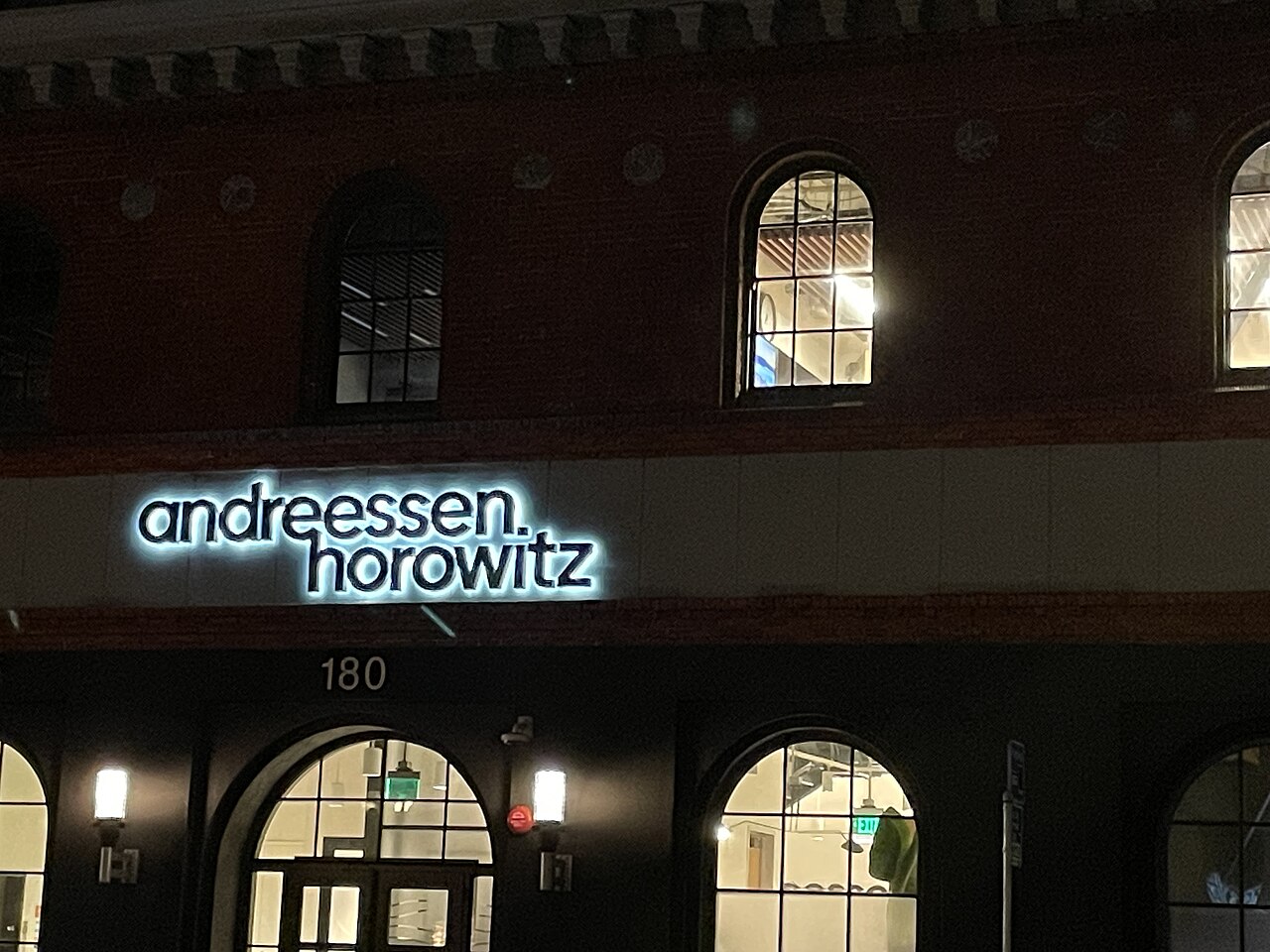Andreessen Horowitz urges the US Senate to revise draft crypto legislation by eliminating the “ancillary asset” concept, advocating for a digital commodity framework to close loopholes and protect investors.
-
Andreessen Horowitz warns that the current draft crypto bill risks undermining investor protections through ambiguous asset classifications.
-
The firm recommends adopting a control-based decentralization framework aligned with the Howey test to ensure regulatory clarity.
-
A16z highlights the need to restrict insider sales and preserve the distinction between primary and secondary crypto markets.
Andreessen Horowitz calls for crypto law reform to close loopholes and protect investors. Learn how the digital commodity model offers clearer regulation.
Why Andreessen Horowitz Opposes the “Ancillary Asset” Concept in Crypto Legislation
Andreessen Horowitz (a16z) argues that the “ancillary asset” classification in the draft US crypto legislation creates dangerous loopholes that could weaken investor protections. The firm emphasizes that this concept, which defines tokens sold alongside investment contracts without equity or governance rights, should not form the basis of new laws without significant revision. A16z warns this approach conflicts with established securities law, particularly the Howey test, and could destabilize the regulatory framework.
How Does the Digital Commodity Model Provide Regulatory Clarity?
A16z advocates for adopting the CLARITY Act’s narrower “digital commodity” framework, which offers a simpler and more precise regulatory approach. This model aligns with the Howey test’s principles, preserving its role in securities law while modernizing its application to crypto assets. The firm stresses that rewriting the Howey test risks undermining investor protections and creating legal uncertainty. Instead, codifying a control-based decentralization framework would better address crypto’s unique risks.
What Are the Risks of Insider Sales Under Current Draft Legislation?
The draft bill’s division of securities law for primary transactions and commodity law for secondary transactions creates a loophole allowing issuers to sell ancillary assets to insiders exempt from securities regulations, then resell publicly without oversight. A16z recommends imposing transfer restrictions until projects achieve true decentralization by removing control mechanisms. This would prevent insider enrichment at the expense of public investors and maintain meaningful market distinctions.
What Is the Control-Based Decentralization Framework Proposed by A16z?
A16z proposes evaluating crypto assets based on whether any party retains unilateral operational, economic, or governance control over the blockchain system. This framework would guide the application of the Howey test, focusing on control rather than asset labels. The firm asserts that legislation should codify these principles to reflect the evolving risk profiles of crypto projects and ensure appropriate regulatory treatment.
How Should Legislation Treat Core Blockchain Technology Functions?
A16z warns that the SEC’s focus on the “efforts of others” aspect of the Howey test has led to perverse incentives, reducing transparency and innovation. The firm insists that core blockchain activities—such as mining, staking, running consensus algorithms, and executing smart contracts—should not be classified as regulated financial activities under securities or commodities laws. Clarifying this distinction would protect developers and users from unnecessary regulatory burdens.

The Andreessen Horowitz headquarters. Source: Wikimedia
Conclusion
Andreessen Horowitz’s detailed response to the US Senate’s draft crypto legislation highlights critical flaws in the ancillary asset concept and urges adoption of a digital commodity model with a control-based decentralization framework. These recommendations aim to close regulatory loopholes, protect investors, and foster innovation while preserving established securities law principles. As crypto regulation evolves, clear and balanced laws will be essential for market stability and growth.
Frequently Asked Questions
What risks does the ancillary asset classification pose to investors?
The ancillary asset classification can create loopholes allowing insiders to sell tokens without securities oversight, potentially compromising investor protections and market integrity.
How does the control-based decentralization framework improve crypto regulation?
This framework evaluates whether any party retains control over a blockchain, helping regulators apply securities laws appropriately and reflecting the asset’s true risk profile.
Key Takeaways
- Ancillary asset concept risks: Creates regulatory loopholes undermining investor protections.
- Digital commodity model: Offers clearer, simpler regulation aligned with established securities law.
- Control-based decentralization: Provides a practical framework to assess crypto asset risk and regulatory treatment.
Conclusion
Andreessen Horowitz’s recommendations emphasize the need for precise, balanced crypto regulation that closes loopholes and supports innovation. Adopting a digital commodity framework with a control-based decentralization approach will enhance investor protection and market clarity as US lawmakers refine crypto laws.
